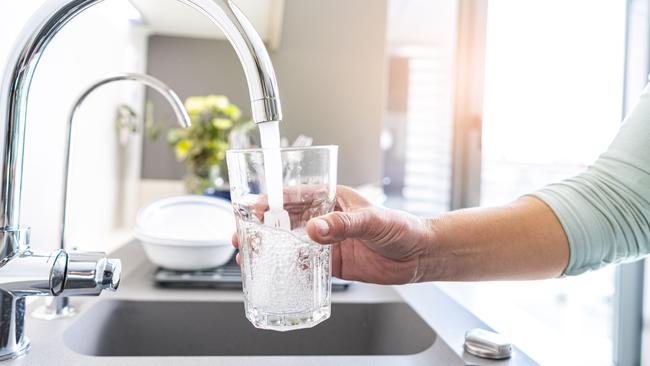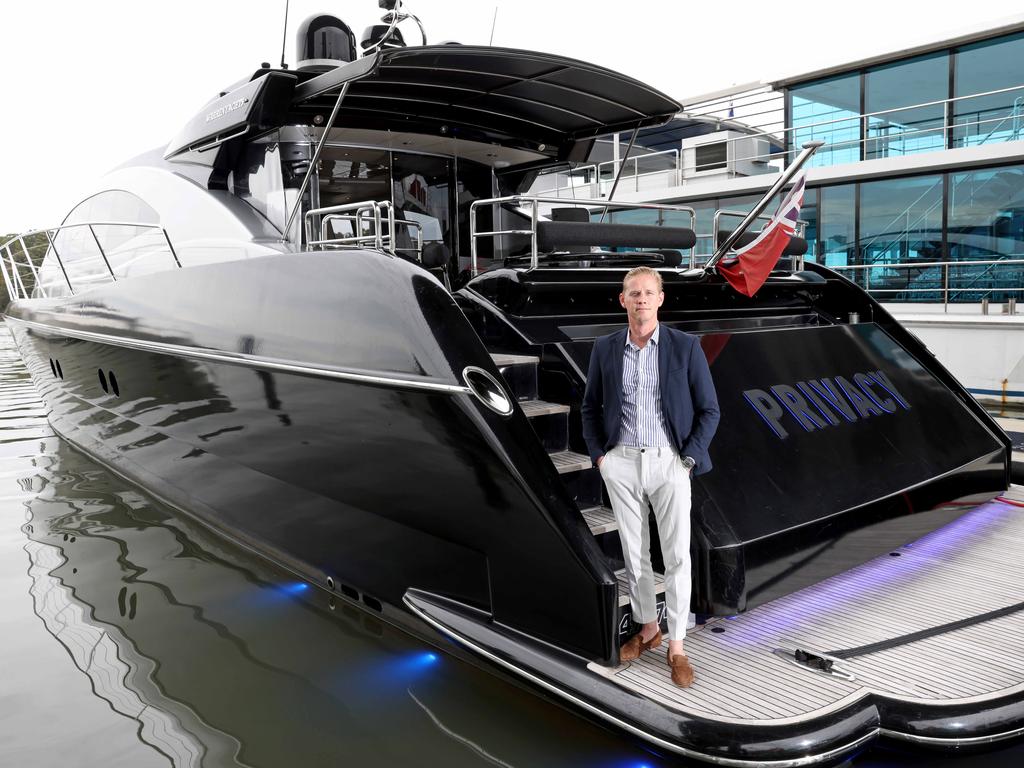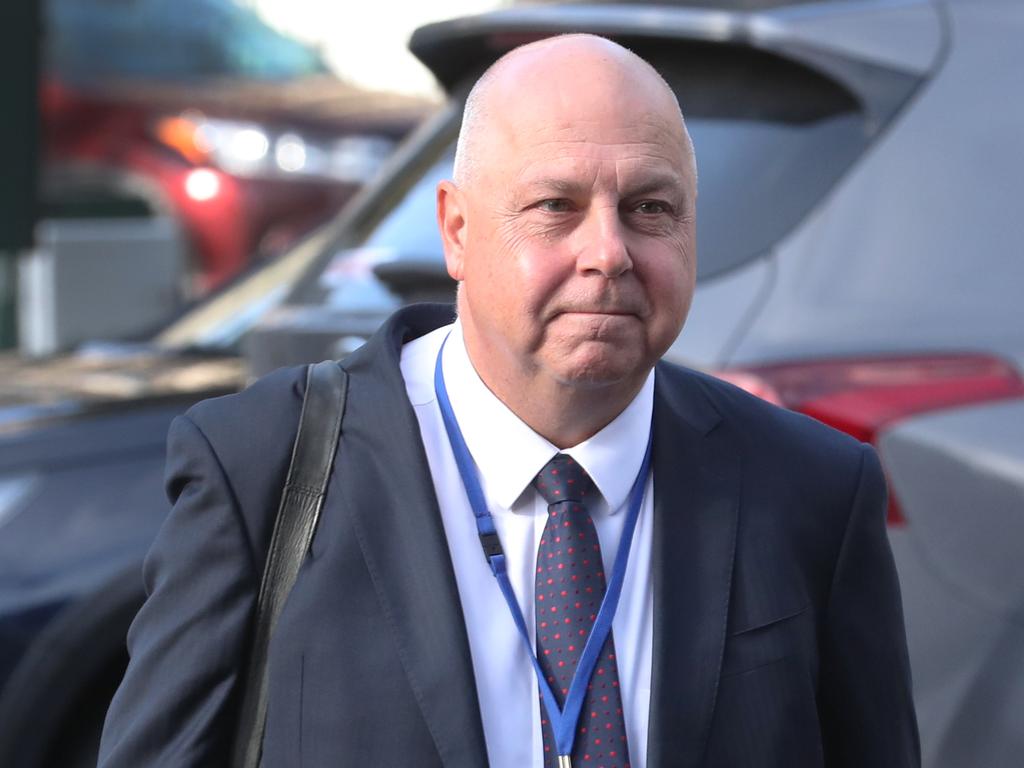Recycled, desal water in the works for southeast Queensland
Southeast Queensland faces a debate over whether to drink recycled water or build a desalination plant, costing up to $8bn.

Southeast Queensland residents face a debate over whether to use recycled water in their drinking supply or build a new desalination plant, costing up to $8bn, with a report warning a new water source is needed in the region a decade earlier than predicted.
Climate-change modelling and a resurgence in population growth has prompted government agency Seqwater, which supplies drinking water to millions of residents, to bring forward its 2040 deadline for a new source for the water grid to 2030.
Seqwater, which is sill finalising its plans, has floated the permanent use of recycled water in the supply as well as a new desalination plant on the Sunshine Coast to accompany its largely unused plant on the Gold Coast.
Residents will face an increase of at least 15 per cent to their water bill to cover the cost of building a new desalination plant – which has been estimated at between $4bn and $8bn – if the Palaszczuk government chooses that option.
Multiple sources have told The Australian that Premier Annastacia Palaszczuk prefers the desalination plant and wants to avoid possible public debate about the permanent use of recycled water.
Late last year, the region was about to be forced into water restrictions – with its water grid capacity falling to just above 50 per cent – before heavy rains later filled the dams and caused widespread flooding in February.
The latest Seqwater’s Water Security Program, updated every five years and due this year, is being finalised and understood to have proposed recycled water as a permanent source of up to a quarter of the region’s drinking supply into the future.
It would largely be cost neutral with the $2.5bn Western Corridor Recycled Water Scheme, an already existing, but under-utilised, network of treatment plants supplying the water and alleviating pressure on a sewage system nearing capacity.
Currently, the Western Corridor provides some water for industry.
It can only be used in the drinking supply when dam levels fall below 40 per cent. On Friday, the drinking supply for the water grid was at 87.9 per cent.
Seqwater, which now supplies drinking water to more than 3 million people with demand forecast to hit well over five million in just over a decade, will finalise its report in weeks and a government decision is expected by the end of the year.
The state-owned agency would not discuss details of its plans, which are understood to have already been proposed in a draft report and in discussions with government.
In a statement, a Seqwater spokesperson said it was still in the “process of developing” the plan.
“The review will consider updated climate-change modelling and future population growth projections and will inform planning for any major investment, including the timing for such investment.
“The Western Corridor Recycled Water Scheme is an important part of South East Queensland’s water security and drought resilience, providing water supply during times of drought.”
A government source told The Australian that the permanent use of recycled water in the water supply was an option.
“There are conversations going ahead about using recycled water as part of the permanent supply,” the source said.
“The need for a new water source for the grid has been brought forward significantly with the revised modelling.
“The preferred option is for a desal plant, even if it comes at a cost — we can’t build any dams because there is nowhere to put one, it’s too congested.
“The desal plans also work well during floods, with the Gold Coast plant supplying water in the 2011 floods.’’
Earlier this year, state Water Minister Glenn Butcher said the government was “not considering increasing the use of recycled water”.
But Brisbane Lord Mayor Adrian Schrinner earlier this year said there needed to be more urgent and honest discussion about finding a new water source for the region. “I’m agnostic about what water source is used. Whether it’s a dam or desalination or, dare I say it, recycled water, this is a conversation that south east Queensland has to have,’’ he said in May.
Ms Palaszczuk is believed to be fearful of public perception about the use of recycled, given the heated debate when it was flagged as a possibility by former Labor premier Peter Beattie in the late 2000s during the millennium drought.
In 2006, in the depths of that drought, residents of Toowoomba, west of Brisbane, controversially rejected plans by the local council to introduce a recycled water scheme.
The Western Corridor Recycled Water Scheme can supply up to 180 million litres a day into the Wivenhoe Dam, Brisbane’s main source of drinking water.
A spokesman for Ms Palaszczuk said the government would wait for the Seqwater report before commenting.







To join the conversation, please log in. Don't have an account? Register
Join the conversation, you are commenting as Logout